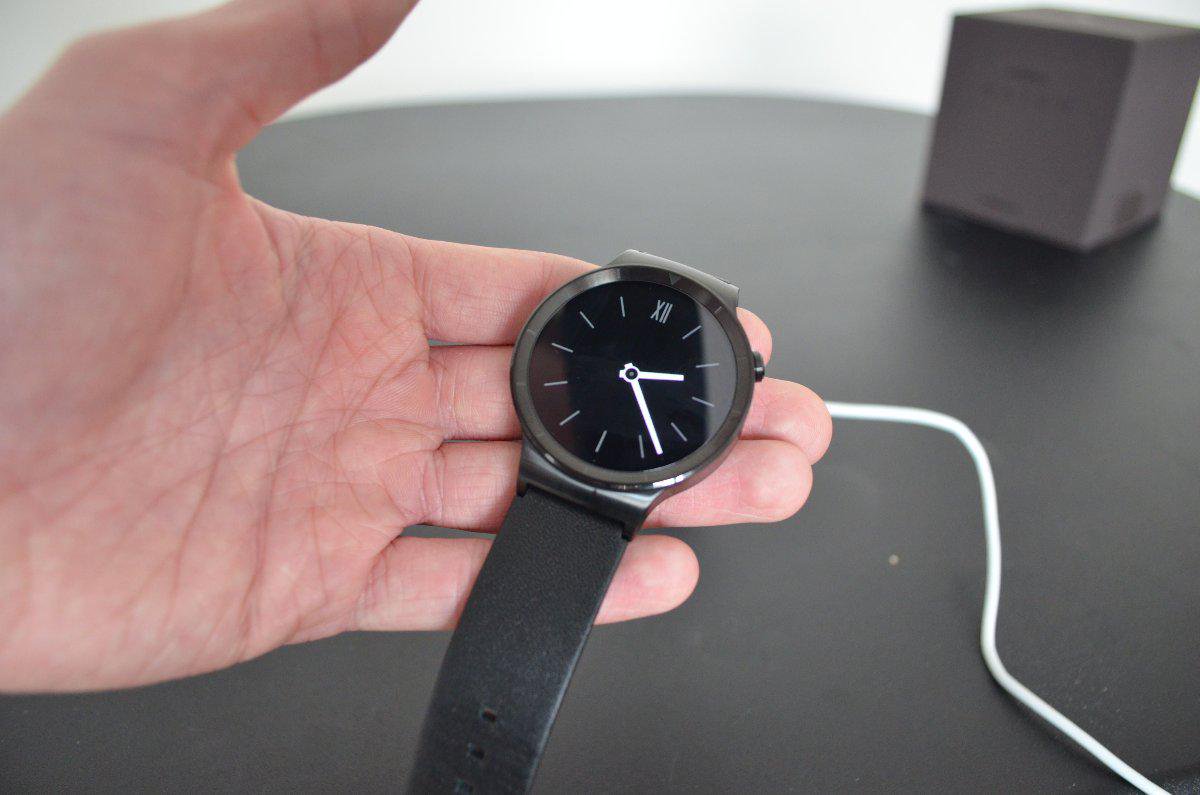
Google’s fledgeling wearable platform WearOS may be given a shot at a revival following a certification indicating that Huawei is releasing a new device.
Huawei is widely considered to have been WearOS’ best device manufacturer. Despite lacklustre sales across WearOS devices, the Huawei Watch 1 and 2 continue to be among the most stellar of smartwatches.
Fossil and Mobvoi have become WearOS’ biggest manufacturers in recent years. Huawei has focused on its own OS for smartwatches with more limited functionality but helping to address the poor battery life and performance issues which have plagued WearOS devices.
During a briefing at IFA 2018, Huawei CEO Richard Yu said:
"We want to make bigger improvements and make the experience much better than today. That’s my target. We want to make the smartwatch more useful, more intimate, more functional, and with much longer battery life."
Yu was likely talking about the non-Wear OS smartwatch Huawei Watch GT, but it seems unlikely that Huawei would launch a WearOS smartwatch without making some fairly substantial battery and performance improvements.
Four new Bluetooth SIG certifications have been published for Huawei with the model numbers CSN-BX9, CSN-AL00, CSN-AL01, and ALX-AL10.
“BX9” was used for the Huawei Watch 2 model number, so it seems logical that an update would mean a Huawei Watch 3 is on the way. The other model numbers are likely for a smartwatch like the Huawei Watch GT, perhaps a kids version, and/or even some fitness trackers.
The time for a Huawei Watch 3 could be nearing – WearOS is improving as a platform, and hardware components are becoming more capable.
Qualcomm’s most recent WearOS chipset, the Snapdragon 3100, was widely regarded as a disappointment; offering minimal improvements over its predecessor. The 3100’s main processor was still built using an old 28nm process, ageing A7 cores, and only supported 32-bit.
According to reports, the upcoming Snapdragon Wear 429 processor will feature a truly new 12nm SoC with four ARM Cortex-A53 cores. Finally, the processor will have 64-bit support.
If Huawei is able to combine the design prowess the company showed with its first two WearOS smartwatches, with the likely battery life and performance improvements of the Wear 429, it could have a winner on its hands for both itself and Google’s wearable platform.
Of course, given the uncertainty around Huawei’s access to Google’s software due to US government-imposed restrictions, the firm may choose to avoid WearOS altogether and focus on its own smartwatch software.
 Interested in hearing industry leaders discuss subjects like this? Attend the co-located IoT Tech Expo, Blockchain Expo, AI & Big Data Expo, and Cyber Security & Cloud Expo World Series with upcoming events in Silicon Valley, London, and Amsterdam.
Interested in hearing industry leaders discuss subjects like this? Attend the co-located IoT Tech Expo, Blockchain Expo, AI & Big Data Expo, and Cyber Security & Cloud Expo World Series with upcoming events in Silicon Valley, London, and Amsterdam.







